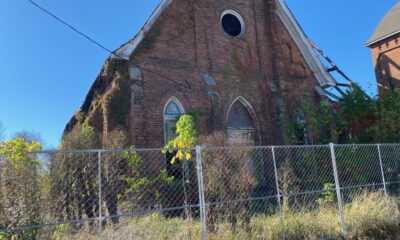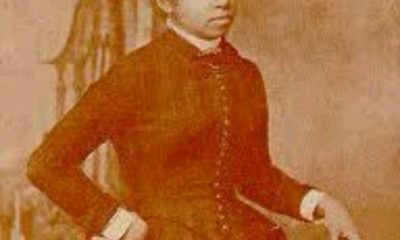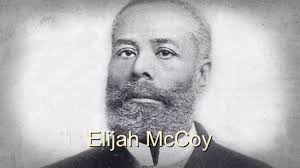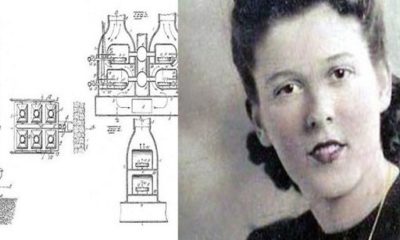Culture
Artful Arkansas: New Museum Builds Bridges Between Diverse Artists
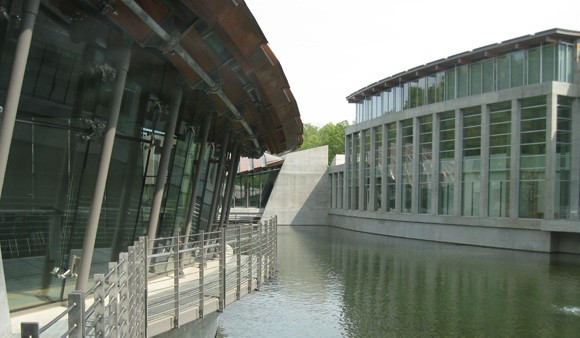
Most people might not associate Walmart with high art. And, most people might not picture northwestern Arkansas as home to a collection of American works that rivals many of the nation’s top museums.
And yet, it is thanks to Walmart heiress Alice Walton, daughter of Walmart founder Sam Walton, that the Crystal Bridges Museum in Bentonville, Ark. came to be.
The museum is itself a masterpiece. Designed by architect Moshe Safdie, it straddles two spring-fed ponds and nestles in a ravine on land that was once the backyard of Sam Walton and his family. The storekeeper and father of four built a retail empire that consumers rely on for low prices and high variety, and critics decry for running smaller stores out of business and dodgy labor practices.
Whatever you may think of Walmart, a visit to Bentonville allows you to appreciate at least part of what the Walton wealth has contributed to American culture.
You may choose to begin with a walk around the Bentonville town square. Stop into Sam Walton’s original store and pick up a vintage toy or piece of candy. From there, it’s a five-minute walk to a wooded trail that leads directly to Crystal Bridges.
Building bridges
Arranged in chronological order, the Crystal Bridges permanent collection of about 450 works includes John Singer Sargent, Edward Hopper, Norman Rockwell and Georgia O’Keeffe.
In selecting the pieces, Director of Curatorial David Houston said Walton wanted to paint a true picture of America—including works from many genres and eras as well as artists from diverse backgrounds.
This is why visitors to Crystal Bridges can find significant works from African-American artists woven into the overall collection.
“After all,” Houston said. “African-American art is American art.”
The museum provides a pamphlet titled “American Voices: A Guide Celebrating African American Art,” that allows a self-guided tour. Visitors can go straight to the pieces they want to see, or take them in as part of the entire museum experience.
The self-guided tour highlights ten works by African-American artists (there are more throughout the museum):
- Robert Seldon Duncanson (1821-1872)
- Mary Edmonia Lewis (1844-1907)
- Hale Aspacio Woodruff (1900-1980)
- Frederick Eversley (1941-)
- Kara Walker (1969-)
- Kerry James Marshall (1955-)
- Romare Bearden (1911-1988)
- Jacob Lawrence (1917-2000)
- Elizabeth Catlett (1915-2012)
- Nick Cave (1959-)
The Crystal Bridges collection includes works by other artists that feature images of African-Americans through the lens of history, said Amber Hendrickson, the Crystal Bridges media relations director.
“We’re telling the true story of American across five centuries of art,” she explained. “If people are art lovers or not, or maybe they’re history buffs, it’s a great way to learn about the history of the country.”
A museum for all
More than 250,000 visitors have come through the doors at Crystal Bridges since it opened in November. Hendrickson said the museum had hoped to reach that number by the end of its first year. The goal was surpassed in less than six months.
“We have been thrilled with that response,” she added. “We had no idea that people would come in droves like this.”
The success of Crystal Bridges has a lot to Walton’s vision, said Houston. She wanted to create a museum for the ages that also reflected the way modern museumgoers experience art.
Visitors will find plenty of light throughout the connected pavilions. There are three Reflection Rooms, featuring comfortable chairs as well as coffee table and reference books about the art and architecture of Crystal Bridges.
Houston said Walton liked the idea of pavilions to house the collection, rather than the maze or labyrinth style that characterizes major museums built in an earlier age. He described Crystal Bridges as “both monumental and casual.”
“What happens is people come into the museum and they just find themselves amazed,” said Hendrickson. “They don’t know quite what to think. It’s more than they anticipated.”
Houston said providing education and research opportunities is at the heart of the Crystal Bridges vision. The library is open to the public during museum hours, and welcomes students and scholars to pore over more than 60,000 books and documents. The museum also features hands-on education activities for children and adults on a drop-in or pre-scheduled basis.
Eleven, the Crystal Bridges restaurant, is a vast space with a soaring roof that sits between the museum’s two spring-fed ponds. The museum store offers the usual souvenirs, prints and postcards as well as eclectic collectibles, artwork, books and jewelry.
Artfully engaging
Hendrickson said more than half of the people who visit Crystal Bridges come from Arkansas.
“It may have been surprising to the art world that people living in a rather rural area in the middle of the country would find a project like this so engaging,” she said.
Residents from Bentonville and surrounding communities show their appreciation for the museum by serving as volunteers. Locals use the public spaces, gardens, trails, and restaurant for friendly get-togethers, business meetings, and school outings.
Hendrickson said repeat visitors are common.
“I don’t think there was a void of culture here before, but I think it just shows that this project is really resonating with people who live here.”
[slider_pro id=”3″]
5 Things About Bentonville
- Home of Louis McPhetridge Thaden (1905-1979). Thaden delped create the “Golden Age of Aviation” for female pilots, setting the official women’s altitude record of 20,260 ft. on December 7, 1928. She and Amelia Earhart were friends and aviation counterparts.
- Bentonville and Benton County are named after Thomas Hart Benton, the U.S. Senator from Missouri who helped Arkansas achieve statehood. Benton is the great uncle of his namesake, the American artist, Thomas Hart Benton.
- Bentonville and Benton County was the leading apple producing region in the nation in 1901.
- Crystal Bridges Museum of American Art now sits in what was once the Walton family’s back yard.
- Home of Dr. Neil Compton, savior of the Buffalo River, the first US National River.
- Recommended Reading: Bentonville, by Monte Harris (Arcadia Publishing, 2011)
Stay and dine – A writer’s recommendations
- I stayed at the Hilton Garden Inn. It’s a few minutes drive from the town square, but offers all the amenities expected by the frequent traveler, including a great hot breakfast.
- Money-saving tip from Blair Cromwell of the Bentonville Convention and Visitor’s Bureau: Business people who come for meetings with Walmart leave town on Thursday, so a Thursday through Sunday stay means lower rates.
- If you prefer to be in the heart of it all, try the Laughlin House Bed and Breakfast.
- I enjoyed a great cup of coffee at the Pressroom downtown.
- A bowl of chili at the Station Café on the town square was just the ticket after a long day on my feet.
- For a fancier dinner, try Shogun Japanese (next to the Hilton Garden Inn).
Attractions and amenities in and around Bentonville
Peel Mansion and Historic Gardens

-

 Black History4 months ago
Black History4 months agoThe untold story of a Black woman who founded an Alabama hospital during Jim Crow
-

 Featured8 months ago
Featured8 months ago‘No Closure’ In Town Where Five Black Residents Were Either Murdered, Died Suspiciously Or Are Missing
-

 Black History9 months ago
Black History9 months agoBlack History Lost and Found: New Research Pieces Together the Life of Prominent Texas Surgeon and Activist
-

 Featured8 months ago
Featured8 months agoFounder of “The Folding Chair” Podcast Calls Montgomery’s Brawl ‘Karma’
-

 Featured8 months ago
Featured8 months agoThousands ‘Live Their Dream’ During National Black Business Month
-

 Featured10 months ago
Featured10 months agoJuneteenth And ‘246 Years Of Free Labor’ Are Key To Conversations About Reparations


